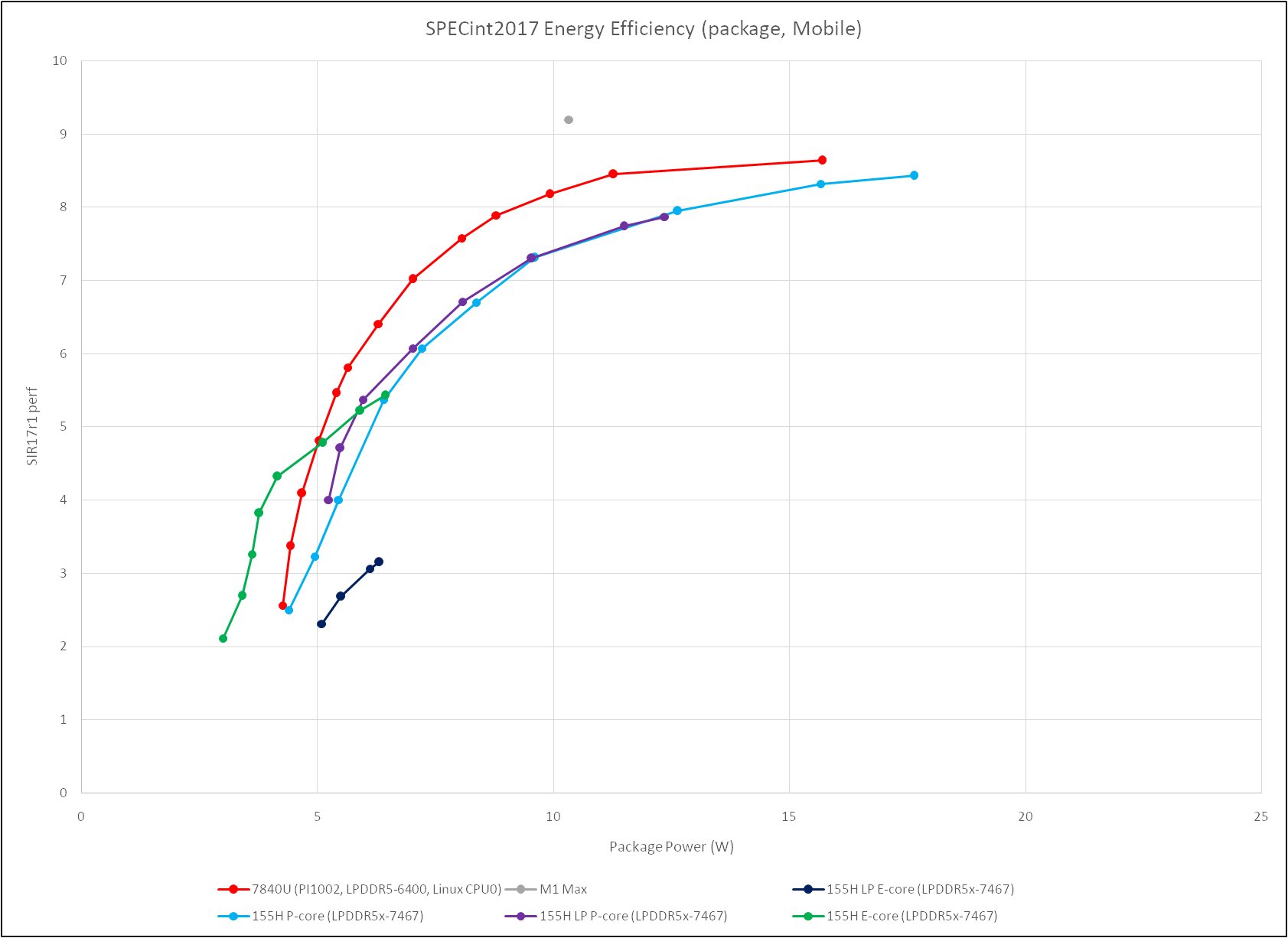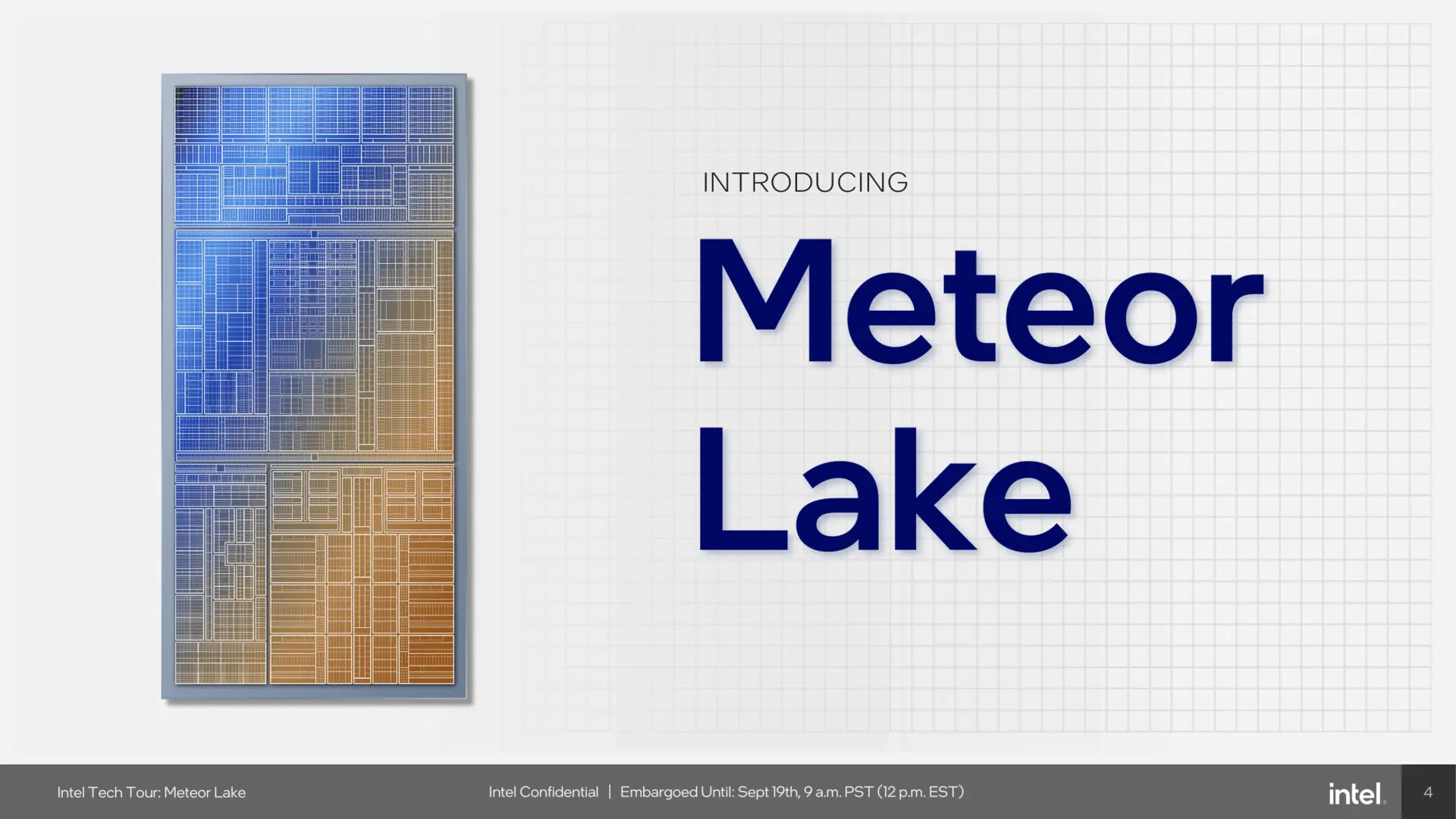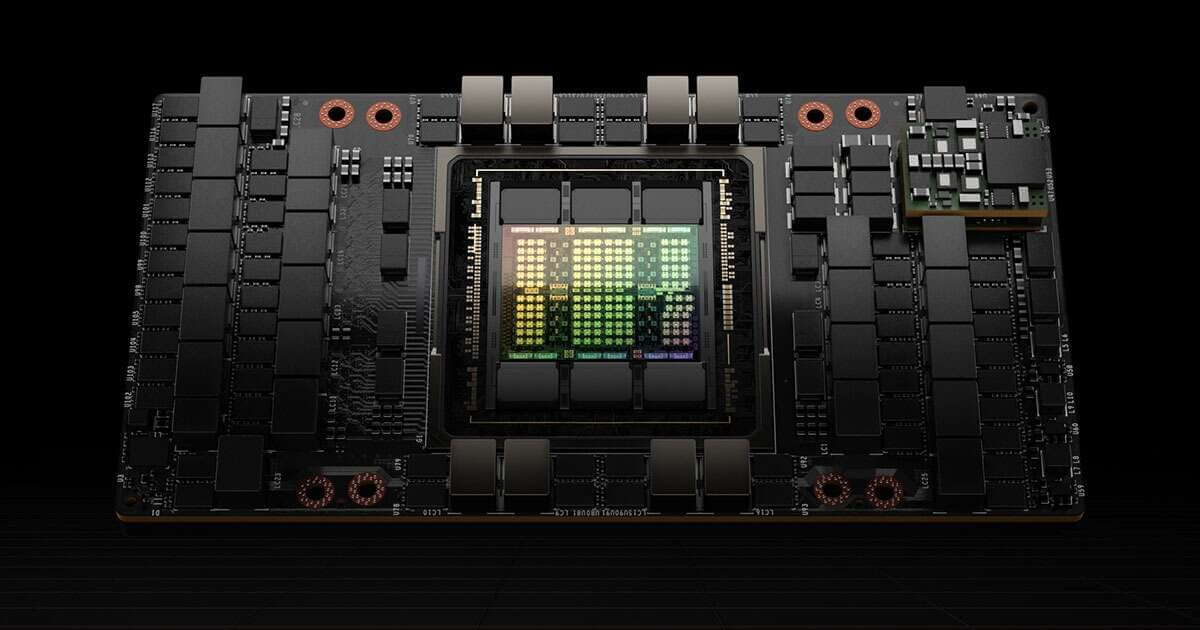Intel’s Efficiency cores (E-cores) have gained a bad reputation for not being power-efficient while also adversely affecting gaming performance. Whether the fault lies with the scheduler or the E-cores is debatable, but you can be sure that Alder and Raptor Lake don’t fully benefit from their hybrid core architecture. Intel has made significant investments into the PC ecosystem to rectify that, but the 1st Gen Core Ultra Meteor Lake processors are the first to reflect it truly.

The “Crestmont” E-cores are architecturally very similar to Gracemont. However, the node shrink to Intel 4, and optimizations made to the scheduler can be seen in action. SPECint benchmarks conducted by David Huang show that the Meteor Lake E-cores have finally managed to beat AMD’s Ryzen 7 7840U (Zen 4) at 5W and under.

Considering that these chips have a TDP of 28W, that may not seem like much, but it justifies the inclusion of E-cores in consumer PCs. The “Crestmont” E-cores deliver the same level of performance as their P counterparts (Redwood Cove) at roughly half the power, markedly beating 13th Gen Raptor Lake and AMD’s Zen 4 core in efficiency.
The LP E-cores located on the SoC die are a bit of an anomaly. They’re less power efficient than the E and P cores in general applications. Instead, they’re optimized for running specific workloads at ultra-low power, such as audio/video playback, word processing, and streaming (without waking the compute die).




Comments ()